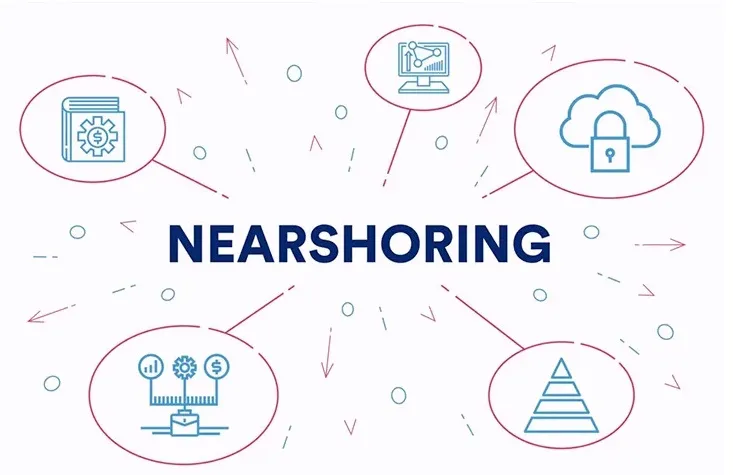
Is Near-shoring Worth the Problems That Come with It?
When I spearheaded Climate’s near-shoring strategy, the goal was clear: expand engineering capabilities, accelerate innovation, and unlock cost efficiencies. We projected that each nearshore engineer could achieve 80% of the output of a U.S.-based engineer.
But I realized something bigger—near-shoring wasn’t just about cutting costs. It was an opportunity to fundamentally reshape how we structured and optimized our global engineering workforce. By leading the expansion across North America, EMEA, and LATAM, I helped Climate unlock $13M in annual savings—but what truly mattered was maximizing efficiency, improving collaboration, and building a more resilient team.
Where Most Companies Get Near-shoring Wrong
Many companies rush into near-shoring thinking it’s a simple cost-saving play. The reality? If not executed properly, it can create bottlenecks, disengagement, and compliance nightmares.
🚨 They treat nearshore engineers as external contractors.
🚨 They assume time zone overlap solves collaboration challenges.
🚨 They underestimate compliance risks.
Early on, I recognized these risks and took a proactive approach to ensure near-shoring was a core component of our long-term engineering strategy.
How to Make Nearshoring a Competitive Advantage
Companies that get nearshoring right don’t just save money—they create an innovation engine.
✅ Integrate nearshore engineers as key contributors, not just resources.
✅ Leverage collaborative engagement and processes to remove barriers.
✅ Solve compliance challenges before they happen.
The result? Tripled NPS, improved engineering output by 30%, and nearshoring became a strategic asset.
Let’s Build on This Conversation Together
Near-shoring has transformed the way I think about scaling global teams.
🔹 If you’ve led or worked in nearshore teams, what lessons have you learned?
🔹 Where do you see nearshoring heading in the next five years?
I’d love to hear from my network. Drop a comment below!
For a more in-depth view, check out my article on Medium: